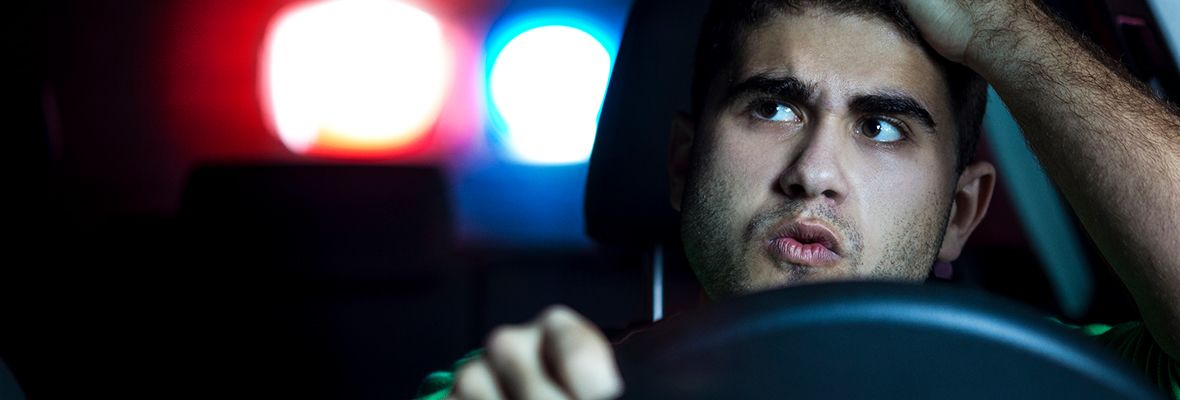1 August 2021 | See disclaimer
Find out exactly how common drink driving is, and Australians attitudes toward it, in Budget Direct’s latest survey.
Quick Stats
- 43% of Australians surveyed don’t know how many drinks they can have, and stay under the legal blood alcohol limit
- 1 in 4 fatal crashes within the ACT occur because of alcohol
- 47% of surveyed Australians falsely believe they can speed up their absorption of alcohol
- Over 50% of Australians surveyed would be in favour of having a device fitted to their car, so it would only start if they’re under the legal blood alcohol limit.
Drinking and celebrating is a common part of Australian culture. But with it comes the risk of drink driving, and the extreme dangers and risks that come as a result.
To get a true grasp on the nature of drink driving in Australia, we have compiled the latest trends statistics, and our survey data to bring you:
1.0 Laws & limits to drink driving in Australia
1.1 Drink driving punishments
The measurement used in Australia is your Blood Alcohol Concentration (BAC). This is measured as the amount of grams of alcohol per 100mL of blood. Across Australia, the standard measure of what classifies as “drunk driving” is a BAC of 0.05, or 0.05g of alcohol per 100mL of blood.
All punishments below are for first time offenders. Across Australia, both disqualifications and fines will vary based on a variety of factors, such as (but not limited to):
- whether the person is a repeat offender
- whether there was a child in the car
- what class of vehicle they were driving
- whether their licence had been suspended.



